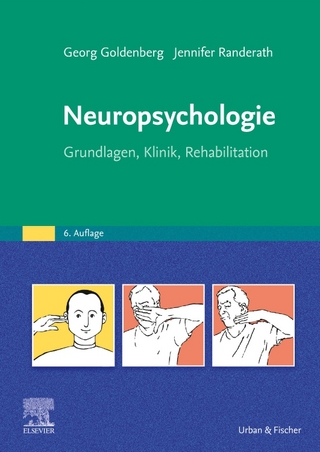
Where Does Violence Come From?
Springer International Publishing (Verlag)
978-3-030-81791-6 (ISBN)
Where does violence come from? How can people do such things? These are often the first questions that arise when we witness violence in the in the media or in real life. This book provides comprehensive answers by combining the explanatory approaches from criminology, sociology, psychology, psychiatry, brain research, genetics, pedagogy, historical sciences, and justice into a big, exciting, and comprehensible picture - in an entertaining way with current, state-of-the art science(s). Multiple case studies are presented that show us the frightening diversity of human violence: acts of violence by individual perpetrators; violence between groups; riots and tumults by gangs and hooligans; violent ethnic and religious conflicts; extreme violence in the form of amok and terror; and up to armed conflicts, pogroms, and genocide. Last but not least, the knowledge gained from this book can help answer another big question: how can violence be contained or even prevented?
From the contents:
- How and where does violence originate in our brain?
- Why has a tendency towards violence become established as part of our behavioural repertoire in the development of humankind?
- What influences on personality development can lead to violent characters?
- How often is violence the product of a pathological psyche? Do genes play a role?
- Which social constellations contribute?
- What are the causes of rampage and terror?
- What is known about the relationship between religion and violence?
lt;b>Prof. Bernhard Bogerts, MD, is a neuroscientist and psychiatrist. From 1994 to 2015, he was clinical director and full professor of psychiatry at the University of Magdeburg, Germany. Since his retirement, he has been the director of the Salus Institute in Magdeburg, whose scientific focus is research into the causes of violence. He has received several awards for his research on the brain-biological basis of mental disorders. He also became known for his work on psychological and brain pathological findings in violent offenders.
1. Introduction.- 2. Forms of Violence.- 3. Occurence, frequency, and consequences of violence.- 4 Why does the tendency to violence belong to human characteristics?.- 5. heritability of aggressive behavior.- 6 Neurobiology of violence.- 7. brain structure and brain dysfunction of violent offenders.- 8 Significance of hormones and neurotransmitters of the brain.- 9. gender difference of the tendency to violence.- 10. mental disorders and propensity to violence.- 11. Alcohol, drugs, and violence.- 12. Psychology of violence.-13. Violence as an end in itself and for pleasure.- 14 Social causes of violence.- 15 Violence in children and adolescents - early risk factors.- 16 Amok and school shooting.- 17. Terror.- 18 Collective violence, xenophobia, pogroms, genocide.-19 Sexual violence.- 20 Religion and violence.- 21. conclusions for the prediction and prevention of violence.
| Erscheinungsdatum | 12.11.2021 |
|---|---|
| Zusatzinfo | XVII, 222 p. 43 illus., 25 illus. in color. |
| Verlagsort | Cham |
| Sprache | englisch |
| Maße | 155 x 235 mm |
| Gewicht | 373 g |
| Themenwelt | Geisteswissenschaften ► Psychologie ► Biopsychologie / Neurowissenschaften |
| Medizin / Pharmazie ► Studium | |
| Schlagworte | Cognitive Neuroscience • Crime • criminal behavior • Neurobiology • Neuropsychology • Violence |
| ISBN-10 | 3-030-81791-1 / 3030817911 |
| ISBN-13 | 978-3-030-81791-6 / 9783030817916 |
| Zustand | Neuware |
| Haben Sie eine Frage zum Produkt? |
aus dem Bereich


